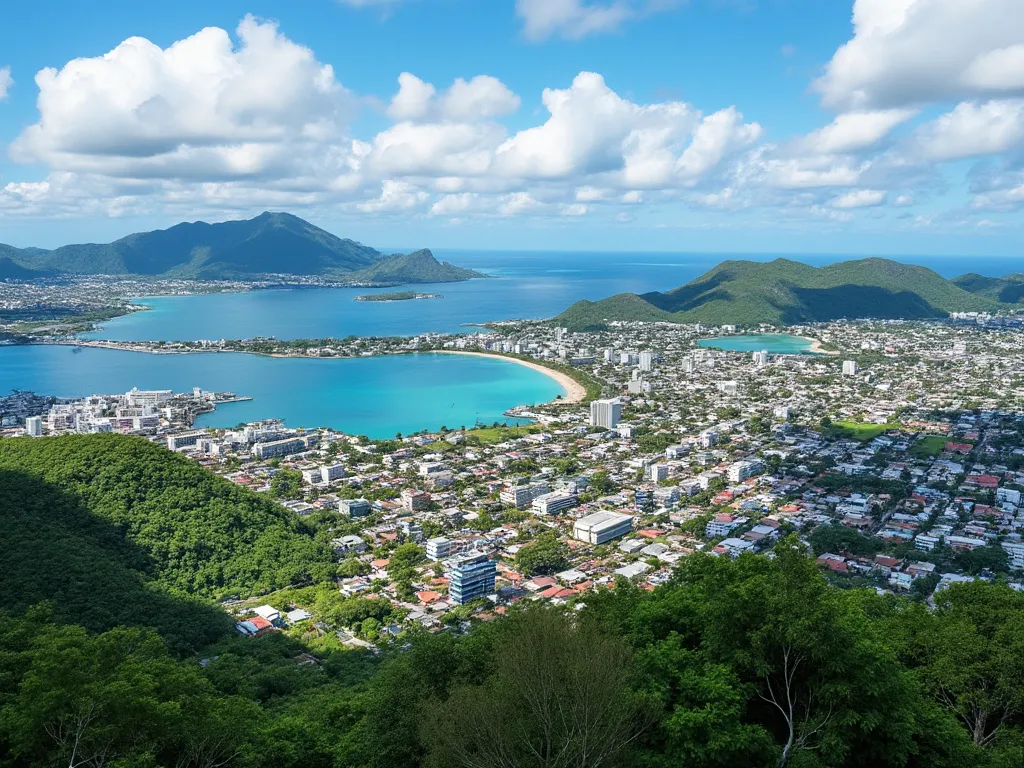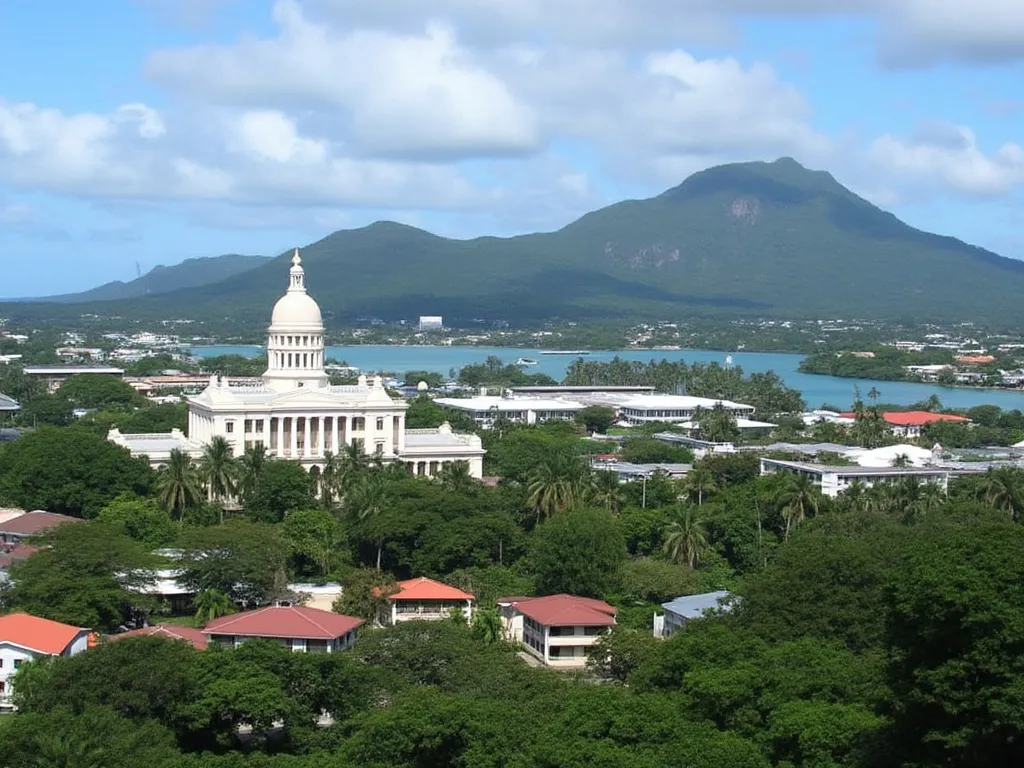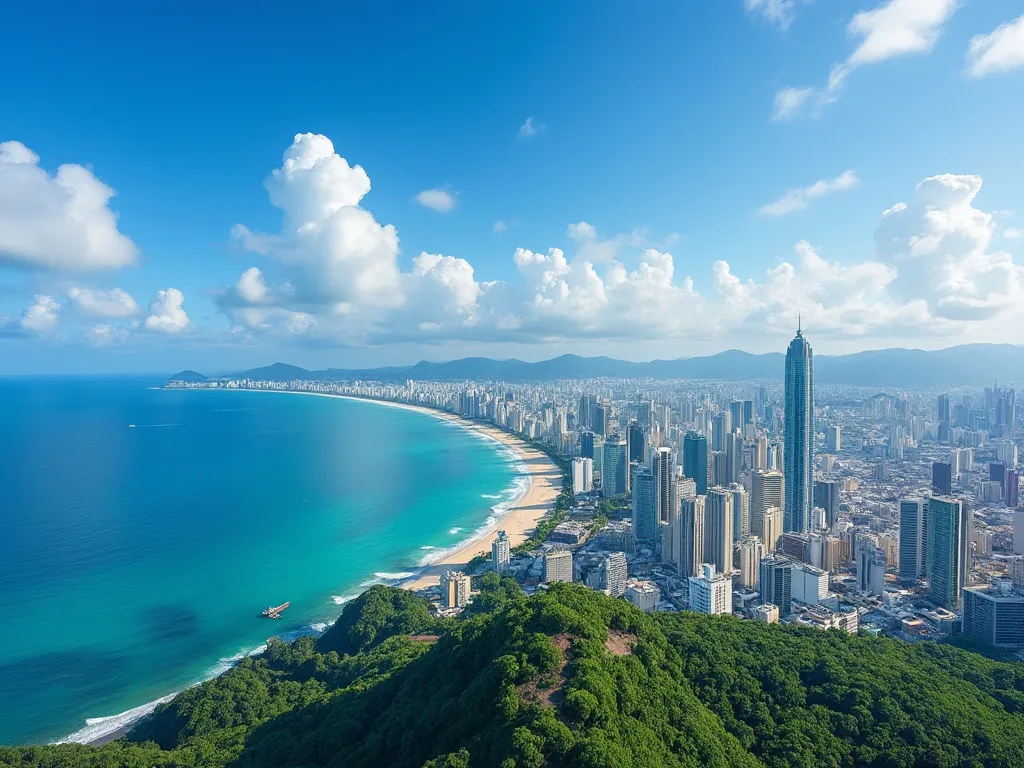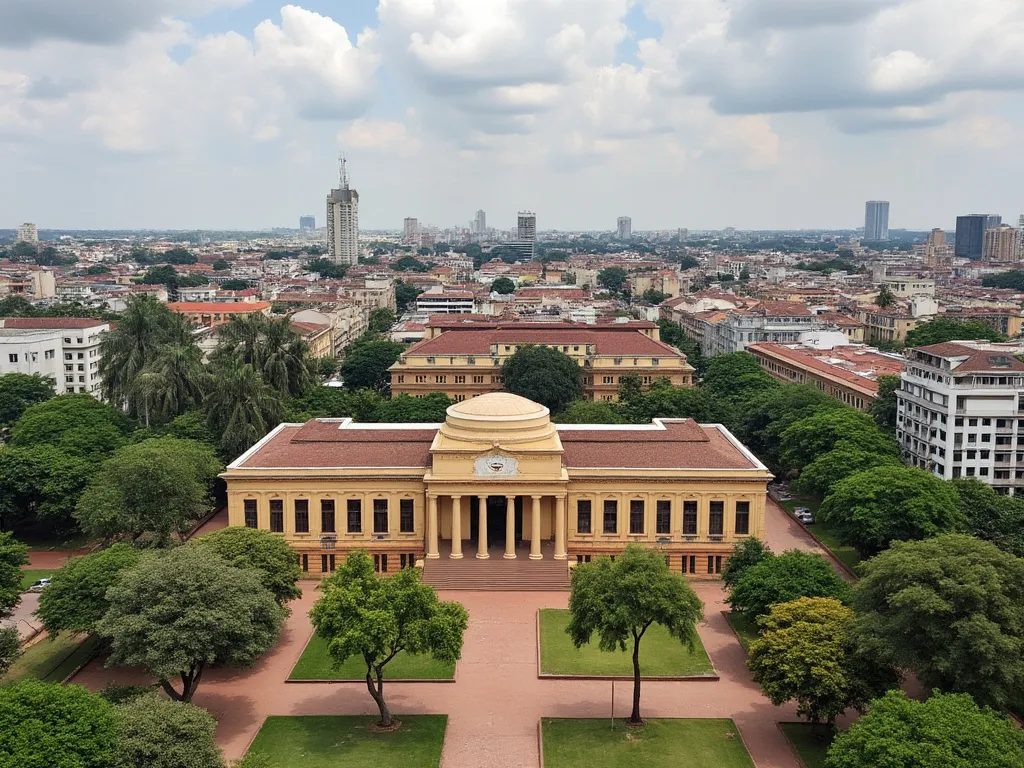
Pago Pago is the capital city of American Samoa, a US territory located in the southern Pacific Ocean. The city is situated on the southern coast of the island of Tutuila, which is the largest island in the territory. It is a culturally rich and diverse city, with a unique blend of Samoan and American influences. The city also hosts many cultural events and festivals throughout the year, including the annual Flag Day celebrations.
Pago Pago information
| Country | 🇦🇸 American Samoa |
| City Population | 3,656 (2020 estimate) |
| City Coordinates | 14.2753° S, 170.7022° W |
| City Area | 9.5 km² (3.7 sq mi) |
| Climate | Tropical rainforest climate |
| Language | English, Samoan |
| Currency | United States dollar |
| Time zone | SST (UTC-11) |
| Proximity to other major cities | Apia, Samoa (130 km/80 mi), Nuku'alofa, Tonga (560 km/348 mi) |
Interesting facts about Pago Pago
- Pago Pago is one of the most remote cities in the world, with a population of less than 4,000 people.
- The city has a unique climate, with high levels of rainfall throughout the year.
- Pago Pago is home to many historical landmarks, including the Old Naval Station and the Jean P. Haydon Museum.
- The city hosts many cultural events and festivals throughout the year, including the annual Flag Day celebrations.
Tourist attractions in Pago Pago
- The Old Naval Station: A historic naval station that dates back to the late 19th century.
- The Jean P. Haydon Museum: A museum that showcases the history and culture of American Samoa.
- The Pago Pago Harbor: A beautiful and historic harbor that is home to many boats and ships.
- The National Park of American Samoa: A national park that covers over 13,000 acres of land and sea.
Historical background of Pago Pago
Pago Pago has a rich history dating back to the early 19th century when it was a major trading center for the Samoan Islands. The city was an important stopover for whalers and traders, and its harbor was a popular spot for ships to refuel and resupply. In 1872, the United States established a naval station in Pago Pago, which marked the beginning of American influence in the region.
Geographical location of Pago Pago
Pago Pago is situated in a natural harbor on the southern coast of Tutuila, surrounded by rugged mountains and scenic coastline. The city is nestled in a valley, which provides a natural protection from the sea and creates a unique microclimate. The harbor is one of the best in the Pacific, providing a safe anchorage for ships and boats.
Cultural significance of Pago Pago
Pago Pago is a culturally rich and diverse city, with a unique blend of Samoan and American influences. The city is home to many historical landmarks, including the Old Naval Station, which dates back to the late 19th century. The city also hosts many cultural events and festivals throughout the year, including the annual Flag Day celebrations.
Economic importance of Pago Pago
Pago Pago is the economic hub of American Samoa, with a diverse economy based on fishing, tourism, and manufacturing. The city is home to many businesses, including tuna canneries, which are a major employer in the territory. The city's harbor is also an important center for shipping and trade.
Conclusion on Pago Pago
In conclusion, Pago Pago is a unique and fascinating city that offers a blend of Samoan and American cultures. From its rich history to its stunning natural beauty, Pago Pago is a city that has something to offer for everyone.
 Palikir
Palikir
 Panama City
Panama City
 Ottawa
Ottawa
 Ouagadougou
Ouagadougou